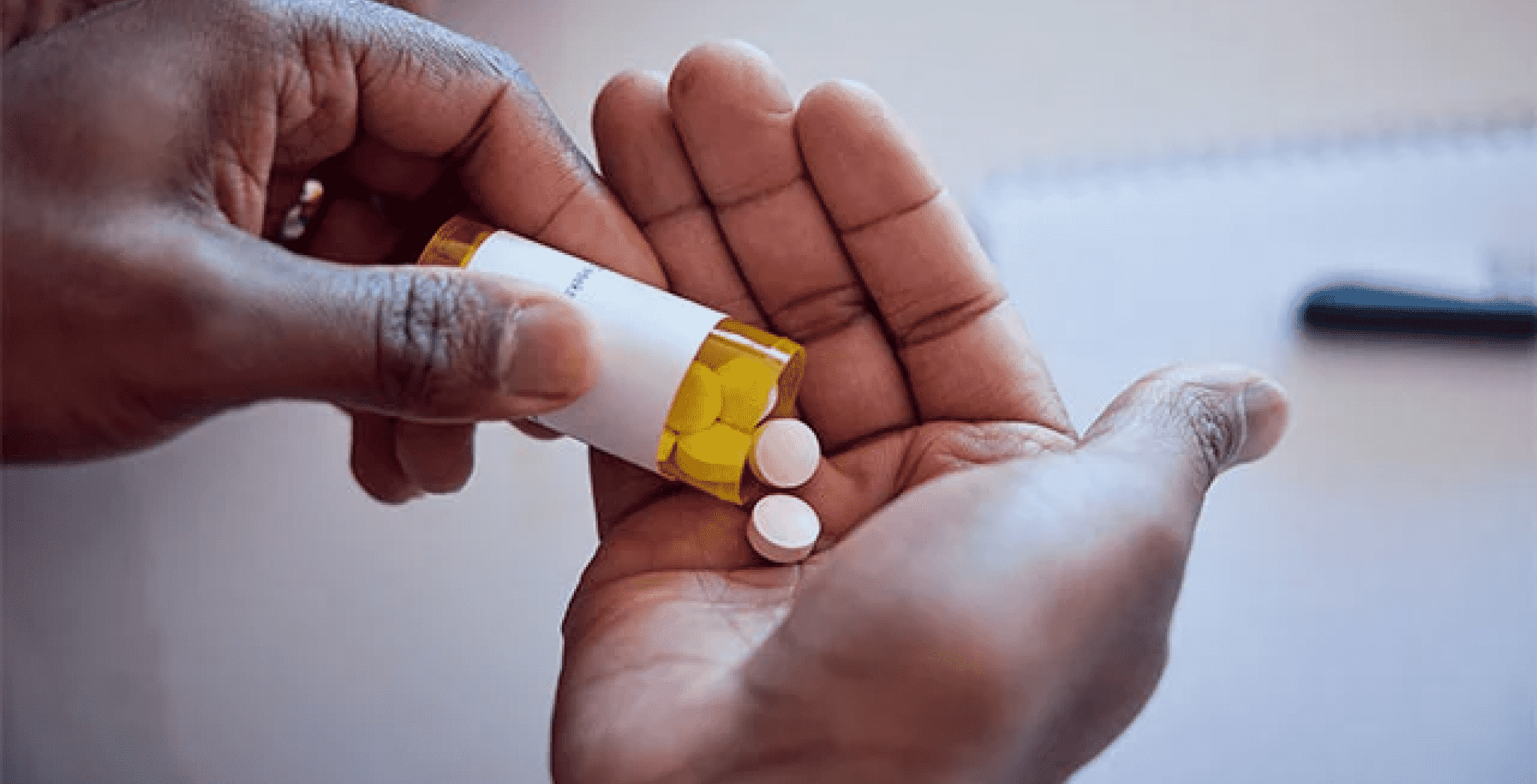Healthcare with Foresight
How Predictive Analytics Can Prevent Disease

The healthcare landscape is undergoing a digital revolution. One of the most exciting advancements is the use of predictive analytics. This technology leverages vast datasets to identify patterns and predict future health outcomes. In the realm of healthcare, this translates to a powerful tool for preventing disease before it strikes.
The Power of Prediction
A Proactive Approach to Healthcare
Traditionally, healthcare has functioned in a reactive mode. Doctors diagnose and treat illnesses after symptoms present, often when the disease has already progressed. This reactive approach, while crucial for immediate health needs, can be limited in preventing future health problems.
Predictive analytics flips the script entirely, ushering in a new era of proactive healthcare. Imagine this: instead of waiting for symptoms to appear, doctors can leverage the power of data analysis to identify individuals at high risk for developing certain diseases. This foresight empowers doctors to take preventive measures, potentially stopping illness in its tracks.
So, how does predictive analytics achieve this feat? It works by analyzing a vast array of data points, including

Medical history
Past diagnoses, medications, and procedures provide valuable insights into an individual’s susceptibility to specific diseases.
Lifestyle habits
Diet, exercise routines, smoking history, and alcohol consumption all play a significant role in disease risk. Predictive analytics can identify concerning patterns and recommend lifestyle changes to mitigate these risks.
Genetic data
While not deterministic, genetic information can reveal predispositions to certain diseases. By understanding these predispositions, doctors can implement preventive measures like early screenings or genetic counselling.
By analyzing this rich tapestry of data, predictive analytics can identify patterns and trends that suggest an increased risk for specific diseases. This allows doctors to intervene much earlier before symptoms even develop. This proactive approach has the potential to revolutionize healthcare.
Earlier intervention
Early detection is crucial for successful disease management. Predictive analytics allows doctors to catch diseases at their earliest stages, significantly improving treatment outcomes.
Reduced healthcare costs
Early intervention is not only beneficial for patients, but also for the healthcare system. By preventing the progression of diseases, predictive analytics can help reduce overall healthcare costs.
Prevention is Key
Taking Control with Early Intervention
Early detection is crucial for successful disease management. Predictive analytics allows for:
Early intervention
Early detection is the cornerstone of successful disease management. Just like catching a leak in your roof early prevents major damage, identifying the signs of a potential health issue before symptoms arise allows doctors to intervene and prevent the disease from taking hold. This is where predictive analytics shines.
By pinpointing individuals at high risk for chronic conditions like diabetes or heart disease, doctors can take proactive steps through early intervention. Here’s how this translates into real-world benefits.
-
Lifestyle modifications
Predictive analytics can identify risk factors tied to lifestyle habits. For example, if someone is at risk for type 2 diabetes due to factors like weight or diet, doctors can recommend personalized changes like adopting a healthier diet, increasing physical activity, or managing stress levels. These modifications can significantly reduce the risk of developing the disease altogether.
-
Preventive medications
In some cases, early intervention might involve low-dose medications to prevent disease progression. For instance, individuals with borderline high blood pressure identified through predictive analytics might benefit from preventive medication to keep their blood pressure under control and avoid future complications like heart disease.
-
Targeted screenings
Predictive analytics can identify individuals who would benefit most from specific disease screenings. This allows for early detection and treatment, significantly improving outcomes. For example, someone with a family history of colon cancer might be flagged for earlier and more frequent colonoscopies, potentially catching the disease at a highly treatable stage.

Personalized medicine
A Tailored Approach to Disease Prevention
The beauty of predictive analytics lies in its ability to move beyond a “one-size-fits-all” approach to healthcare. By tailoring recommendations to individual risk factors, doctors can create far more effective preventive plans. Here’s how personalized medicine powered by predictive analytics works:
Individualized Risk Assessment
Predictive analytics goes beyond simply identifying someone at risk for a particular disease. It can pinpoint the specific factors contributing to that risk. For instance, someone flagged for heart disease might have a genetic predisposition combined with high cholesterol and a sedentary lifestyle.
Targeted Interventions
With a clear understanding of the individual’s risk profile, doctors can design a personalized prevention plan. This plan might address specific risk factors through a combination of strategies like:
-
Dietary modifications
A personalized diet plan can be crafted based on the individual's needs and preferences, focusing on reducing factors like unhealthy fats or blood sugar spikes.
-
Exercise routines
An exercise plan tailored to the individual's fitness level and health limitations can be created to improve overall health and address specific risk factors like high blood pressure.
-
Stress management techniques
Chronic stress can exacerbate various health conditions. Personalized stress management techniques, such as meditation or yoga, can be recommended based on the individual's preferences.
-
Genetic counselling
For individuals with a genetic predisposition to certain diseases, predictive analytics can pave the way for genetic counseling. This counseling can provide valuable information about the risks involved and potential preventive measures specific to their genetic makeup.
Resource allocation
Optimizing Care with Predictive Analytics
Healthcare resources are often stretched thin. Predictive analytics offers a powerful tool for healthcare systems to optimize resource allocation and ensure those most likely to benefit from preventive care receive it. Here’s how:
Identifying High-Risk Populations
Predictive analytics can analyze vast datasets to pinpoint populations with a higher risk of developing specific diseases. This allows healthcare systems to target outreach programs and preventive care initiatives towards these populations. For example, an analysis might reveal a high risk of diabetes in a specific geographic area with a prevalence of obesity and inactivity. This information can be used to launch targeted educational campaigns and diabetes screening programs in that area.
Prioritizing Preventive Services
Predictive analytics can help healthcare systems prioritize preventive services based on individual risk profiles. Imagine two patients: one with a strong family history of heart disease and concerning lifestyle habits, and another with no such risk factors. Predictive analytics can help flag the high-risk patient for more frequent screenings and consultations, ensuring they receive the preventive care they need most. This ensures resources are not wasted on low-risk individuals, allowing for more efficient and effective preventive care delivery.
Cost-Effectiveness Analysis
Predictive analytics can be used to assess the cost-effectiveness of various preventive interventions. By analyzing data on potential health outcomes and healthcare costs associated with different interventions, healthcare systems can make informed decisions about resource allocation. For example, predictive analytics might reveal that a specific preventive medication for a high-risk population is highly cost-effective due to the potential reduction in future hospitalizations and treatment costs.

Real-World Applications
Predictive Analytics in Action
Predictive analytics is no longer a futuristic concept. It’s actively transforming healthcare delivery, leading to significant improvements in patient care. Here’s a closer look at some of its impactful real-world applications:
Reducing Hospital Readmissions
Hospital readmissions are not only a burden on patients but also a significant cost to the healthcare system. Predictive analytics can analyze data from past admissions, including demographics, medical history, and social factors. By identifying patients at high risk of readmission, hospitals can proactively implement interventions to improve post-discharge care. This might involve:
-
Tailored discharge plans
Developing personalized discharge plans that address specific risk factors identified through analytics. For example, a patient at risk of medication non-adherence might receive a medication organizer or automated reminders.
-
Remote patient monitoring
Utilizing telehealth tools to remotely monitor high-risk patients after discharge. This allows for early detection of any potential complications and timely intervention.
-
Targeted social support services
Identifying patients who might benefit from additional social support at home, such as help with transportation or medication management, can significantly reduce readmission risks. These data-driven strategies have shown promising results in reducing hospital readmission rates, leading to better patient outcomes and lower healthcare costs.
Early Intervention for Mental Health
Mental health conditions are often underdiagnosed and undertreated. Predictive analytics can analyze various data points, including medical records, social media activity, and even language patterns in communication with healthcare providers, to identify individuals at risk for developing mental health conditions like depression or anxiety. Early detection allows for timely intervention, which can significantly improve treatment outcomes and quality of life. Here’s how:
-
Early access to mental health services
By flagging individuals at risk, healthcare providers can ensure they receive prompt access to appropriate mental health resources, such as therapy or medication.
-
Targeted preventive measures
Predictive analytics might identify risk factors like social isolation or chronic stress. This information can be used to recommend preventive measures like stress management techniques or social support groups.
Early intervention in mental health can have a profound impact on individuals and society as a whole. Predictive analytics offers a powerful tool for identifying those most in need and ensuring they receive the support they deserve.
Personalized Cancer Screening
Early detection is crucial for successful cancer treatment. Predictive analytics can analyze an individual’s medical history, family history, and even genetic data to assess their personalized cancer risk. This information can then be used to:
-
Optimize screening strategies
Instead of a one-size-fits-all approach, analytics can recommend the most appropriate screening tests for each individual based on their risk profile. This might involve starting screenings earlier or more frequently for high-risk individuals.
-
Targeted interventions
For individuals with a strong genetic predisposition to certain cancers, preventive measures like lifestyle modifications or prophylactic medications might be recommended.

The Future of Preventive Care
Predictive analytics holds immense potential for transforming healthcare. As technology evolves and data collection becomes even more sophisticated, we can expect to see even more effective applications for disease prevention.
Hiteshi Infotech Your Partner in Digital Healthcare
At Hiteshi Infotech, we understand the power of digital solutions in healthcare. We offer a range of services to help healthcare providers leverage data and analytics for improved patient care. If you’re interested in learning how predictive analytics can benefit your organization, contact us today to discuss your specific needs.

